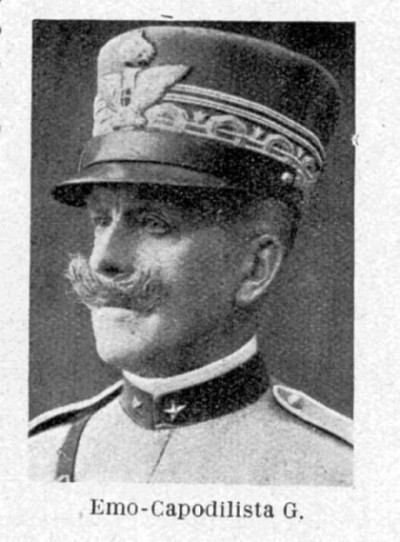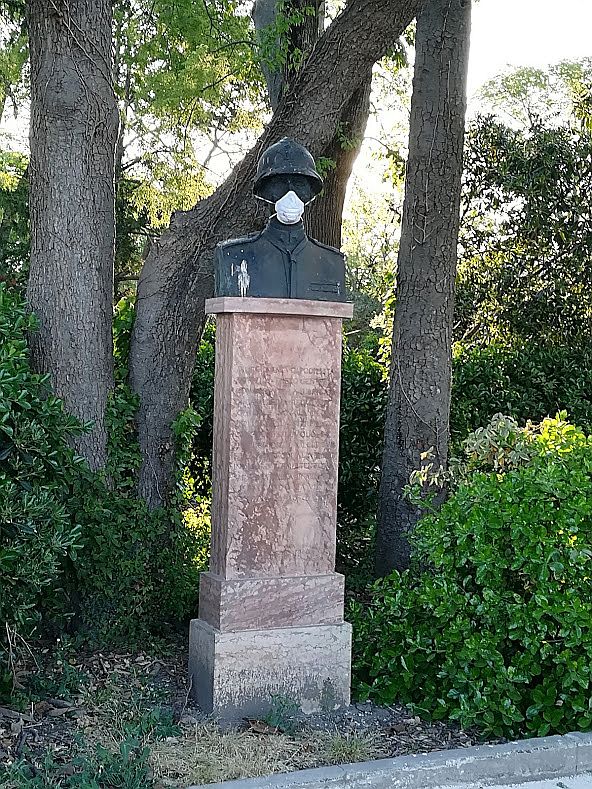
There’s something in the air, and it’s not pollen — it’s the sensation of imminent liberation from lockdown, at least for some.
Even as the brain repeats the refrain put out by radio and newspaper and online news that “This is going to be a gradual process, programmed in stages over the entire month of May, subject to immediate revision or revocation if the numbers of infections begin to increase,” the atmosphere is quivering with anticipation.
It’s also quivering with confusion, because unlike two months ago, when all this began, not everybody seems to be on the same proverbial page. Information is coming from the federal government, the regional government, and the city, in the voice of its somewhat overwrought mayor. After eight weeks of only essential businesses being allowed to stay open, the owners and employees of the less-essential businesses have been driven to the edge. In fact, many small business owners are planning various protests for Sunday (in Mestre and elsewhere on the mainland) and in the Piazza San Marco on Monday, May 4.
The restaurant/bar/cafe’ owners are howling to reopen — at the moment, they must wait till June 1 — even though I don’t quite see how, at least in the Historic Center, they are going to begin to recoup their losses when there are no tourists to fill their seats, tables, and cash registers. And even if and when there are tourists, the new regulations require tables to be positioned two meters (6.5 feet) apart; this obviously will slash the number of customers being served. Hair salons are not to allow anyone in the shop without an appointment (no hanging around leafing through magazines), and stylists and clients will have to wear masks and gloves. Disinfecting the premises — chairs, tables, even floor, for all I know — will be a major daily undertaking.
But more on the business situation later.
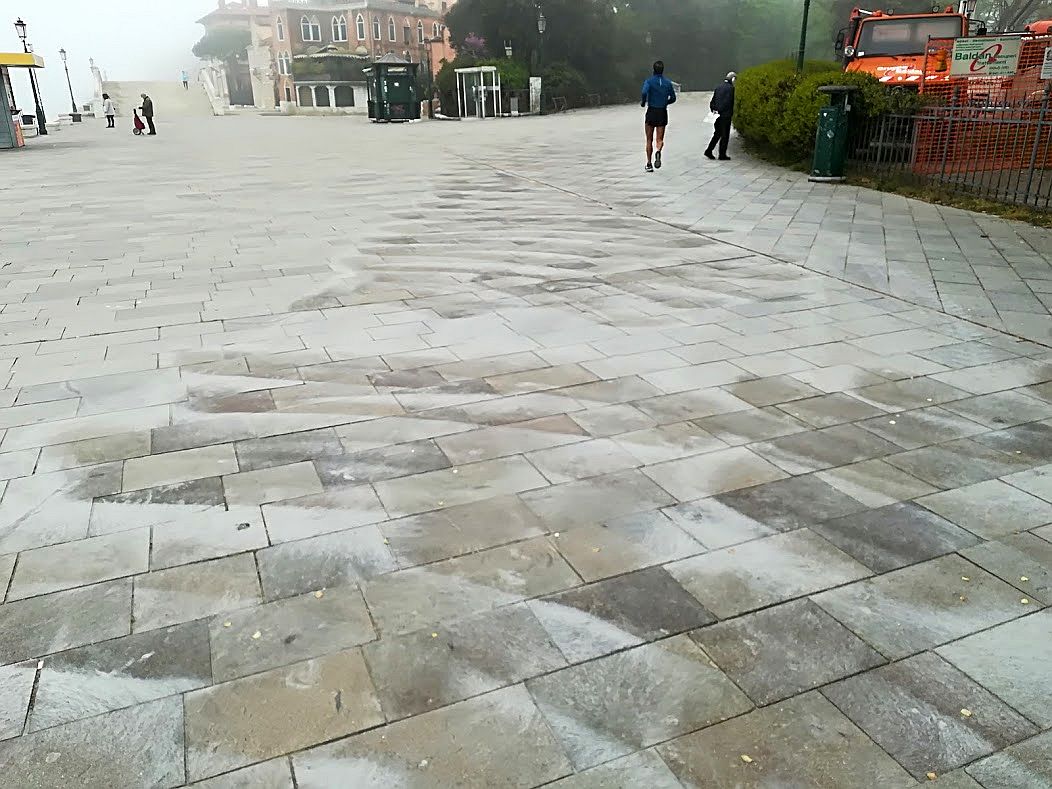
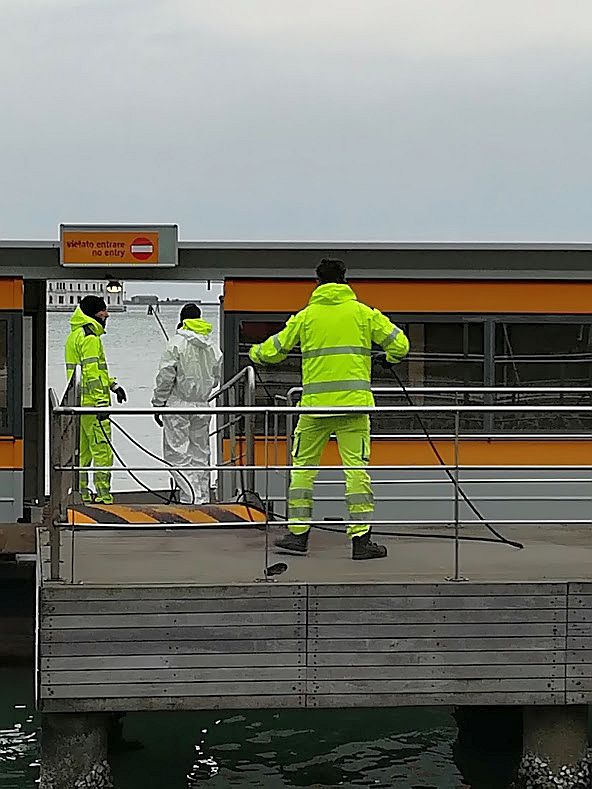
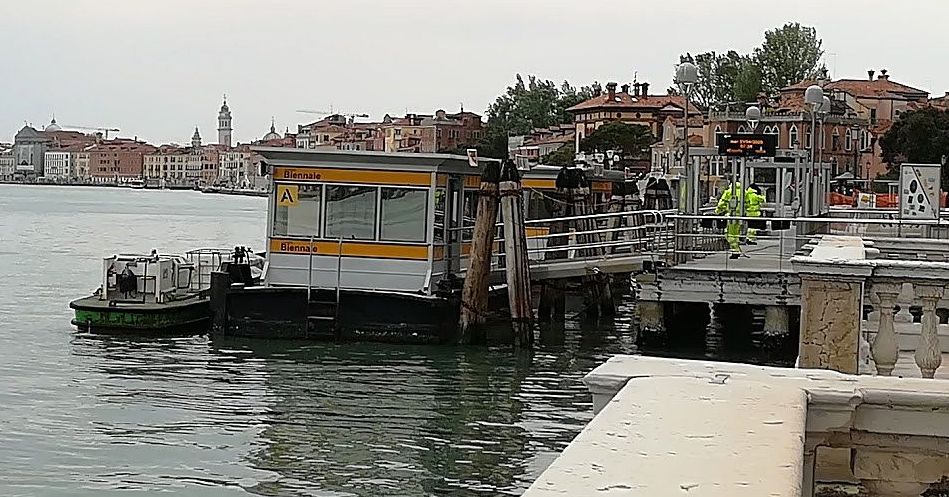

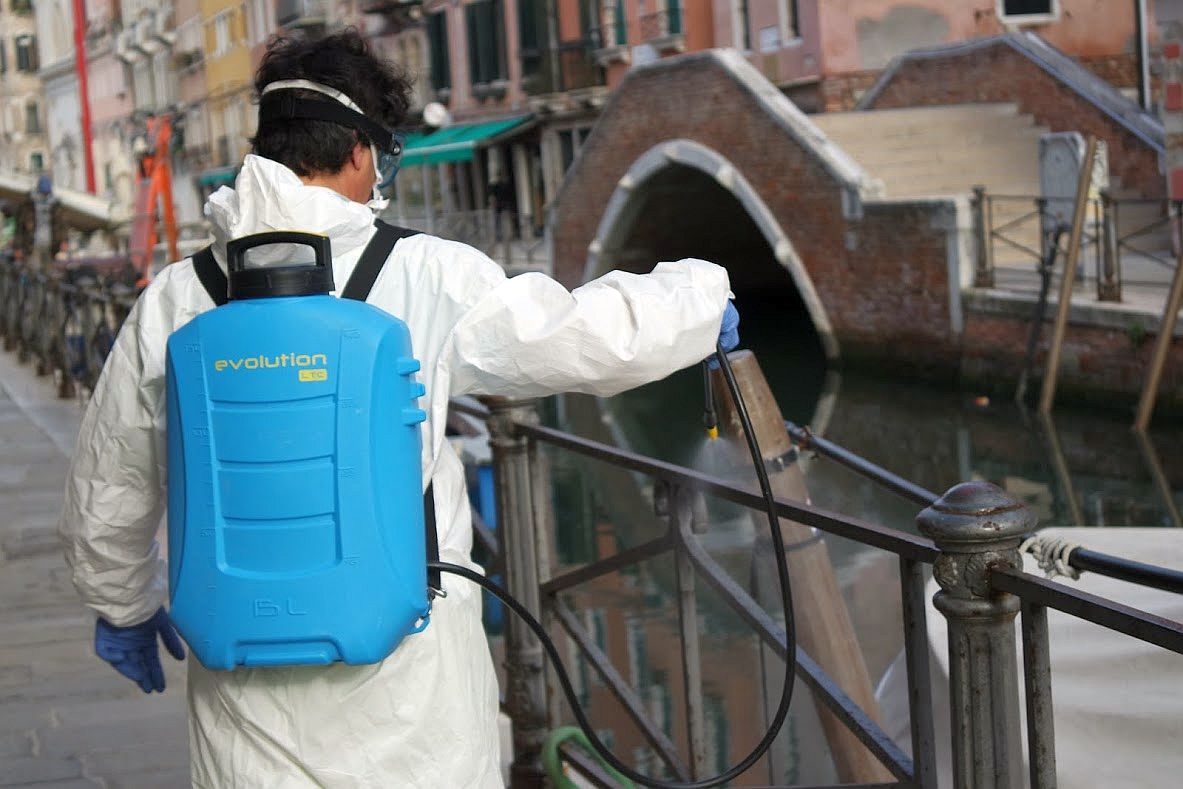
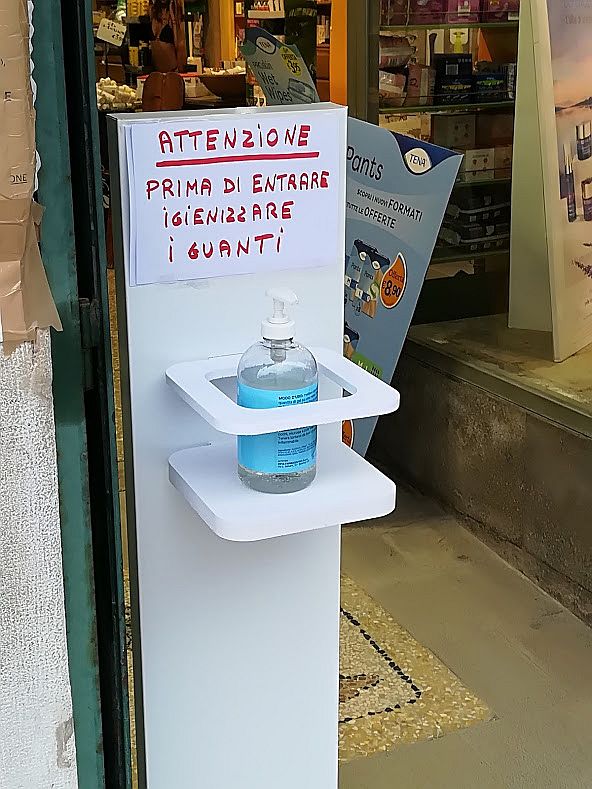

We are all trying to make sense of what we’re going to be allowed to do beginning on Monday, May 4. Here is what we know so far.
In no particular order, we can: Stroll or run or bicycle farther afield than the previous limit of 200 meters from your house, maintaining at least one meter of space between you and anyone else. No more than two adults, “and children” (number unspecified), are allowed to be out together. In other words, no coming out in herds.
You can visit friends or family without having to prove verifiable necessity — that’s quite a change — but the number of participants must remain small. It doesn’t help much that “family” is now defined as including “congiunti“; literally, it means “joined,” but indicates a second level of relative or relation. Your spouse is your spouse, your “congiunto” could be your boyfriend whom you haven’t seen in at least a month. There was an invigorating, if brief, exchange on the radio two days ago in which the speakers attempted to discern the boundaries of the congiunto: “If he’s your new boyfriend, how long will you need to have been together?” “Could somebody you met a week ago qualify?” “Is there a difference if I go to see him, instead of him coming to see me?” And so on. Madness.
Basically, the central concept remains: Groups are hazardous to everyone in them. Avoid them.
You can train or practice your individual sport, even at your club’s center, but no teams. No congregating.
Parks will be reopened, at the discretion of each town’s respective mayors, so children can get out and play. But no groups!
Residents who have a second home elsewhere in the Veneto (we’re allowed now to travel between towns, but it is still prohibited to cross regional borders) will be permitted to go there to check on its condition, just to make sure that the house isn’t about to collapse or rot away before your eyes. No, you can’t take your spouse and kids and dog; in fact, you can’t even stay overnight. No being clever and turning your little inspection trip into your family’s traditional ox-roast, clambake and Highland Games.
As I try to adjust ever so slightly to a normal view of life and the world, however tentative or experimental, I have become obsessed with the company that advertises on the radio every day at noon. It describes their fabulous kitchen redesign capabilities in the most soothing way (I guess they realize we’re all a little on edge), sprinkled with words like “hope” and “dream” that make it sound as if they are able and ready to make your life — they say “kitchen,” but they obviously mean “life” — so gorgeous and so wonderful that you will not believe you’re even still you.
And every time I hear these extravagant claims I ask myself if there is anyone who has time, or money, or desire, to think about their freaking kitchen right now. Apart from the cost, it would seem to me that after two months of being compelled to cook twice a day — no matter how thrilled you must be to have perfected your sourdough bread or Poulet Paul Gauguin Retour de Tahiti — the last place on earth you want to think about now is the kitchen. If I didn’t have Lino as the cook supreme here, I’d already have turned ours into a pinball arcade.
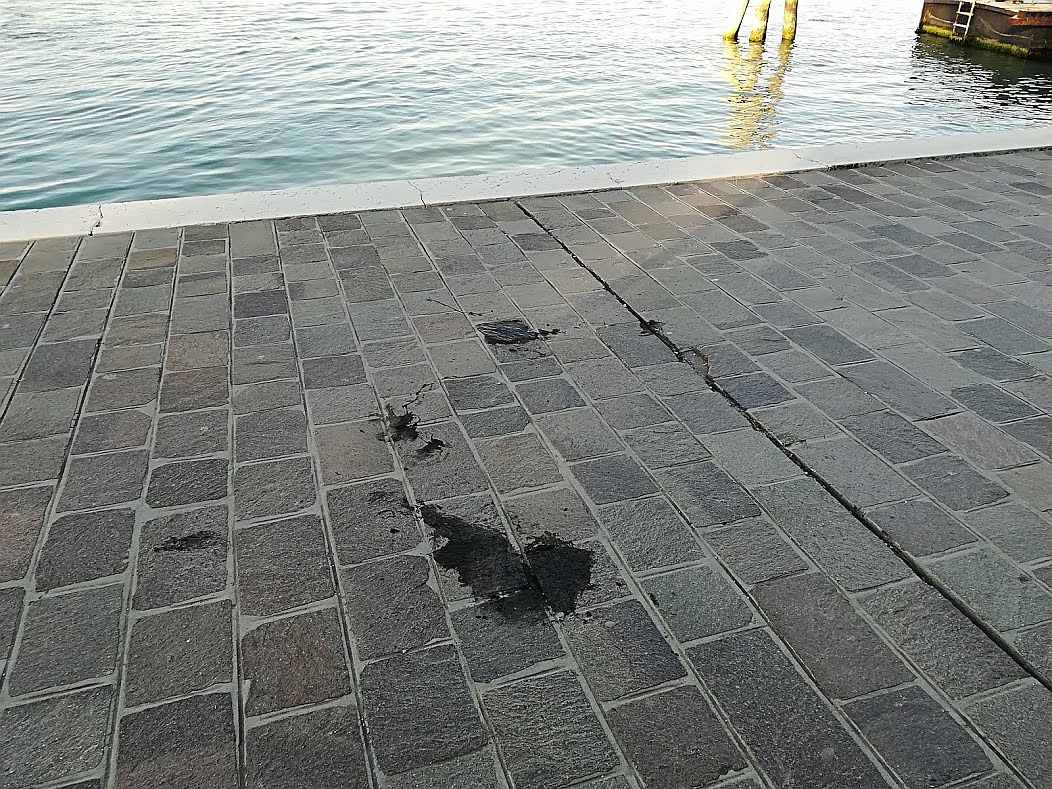
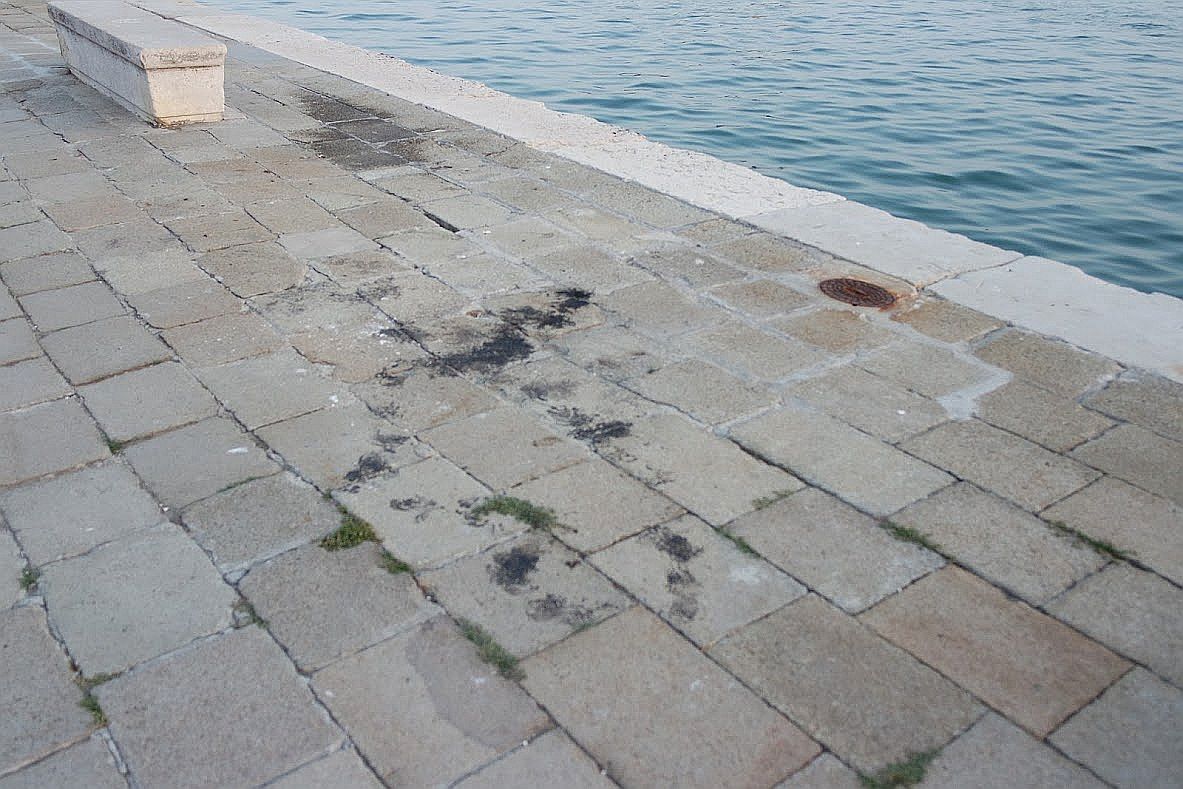
So are we beginning to scent the breezes of freedom, comfort and joy? Not so fast. Even on the verge of Phase 2, warnings abound, and if infections begin to increase, back we go into lockdown. This has been made abundantly clear.
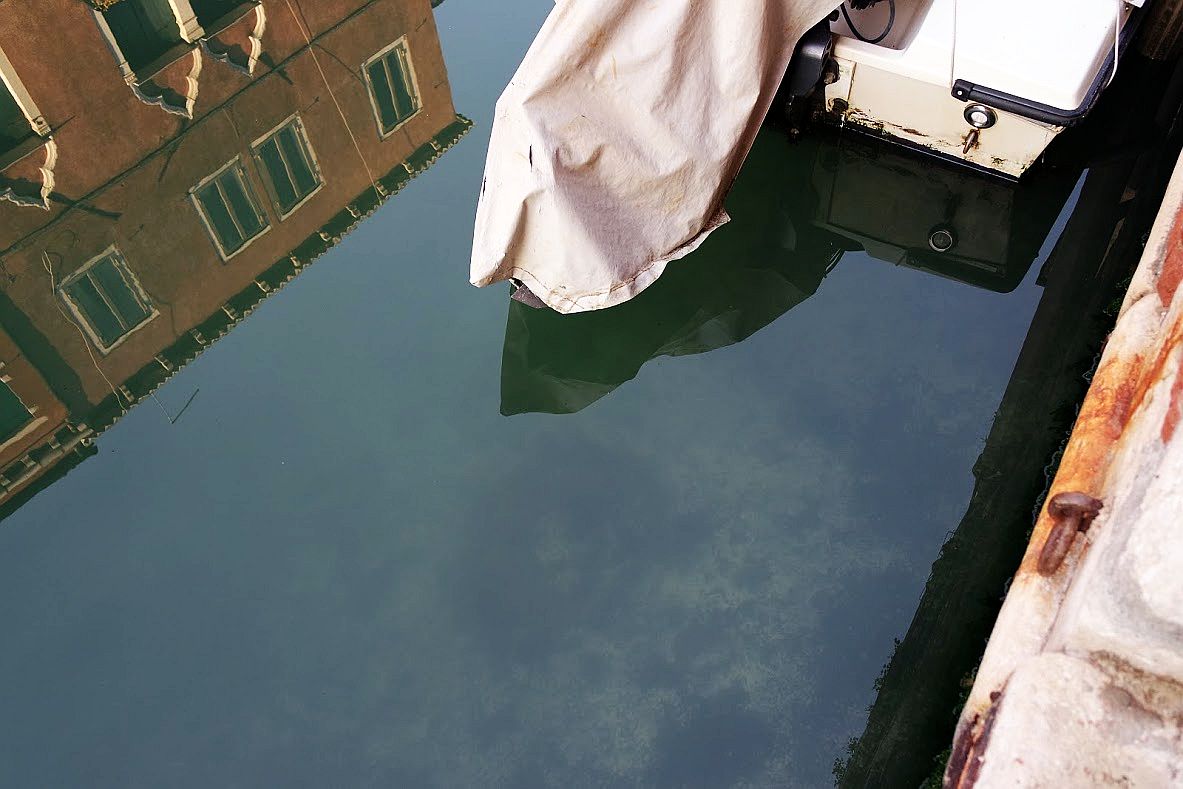

REVIEW CHAPTER: If you’re not convinced that the risk remains, here is oncologist Dr. Paolo Ascierto speaking to overexcited readers of La Repubblica: “Unfortunately the virus is still circulating, and the levels of infection are identical to those of weeks ago. The numbers have improved only thanks to isolation….it’s clear that every day it’s possible to become infected, above all if you don’t use the mask and don’t maintain social distancing. We’ll be out of the emergency only when we have a vaccine that, however, won’t be here any sooner than a year. We still know very little about the virus. How long will someone who was infected remain immune? We don’t know. The mask doesn’t protect us but the others, so if we all wear it, we’re protected. A concert? Without a vaccine, we’ll watch it from home.”
Here is Dr. Angelo Pan, head of the infectious diseases department of the hospital of Cremona, one of the hardest-hit in the epidemic wave that began in Lombardy on February 21. “This virus is a schifezza (skee-FETS-ah — nastiness, disgustingness, filth) like I’ve never seen and never thought to see,” he told HuffPost (translated by me). “I never call it Covid-19, I call it schifezza…. This isn’t flu we’re facing … We have the sensation that this schifezza triggers new problems. The infection leaves traces that we still have to deal with….” (not only on the lungs, but the heart, liver, kidneys, and brain).
Ranieri Guerra, adjunct director of the WHO, defined it as “a monster.” “He’s right,” Dr. Pan agreed. “It’s a genius of evil, capable of having different faces and causing different problems. Its capacity to ‘put on makeup’ (disguise itself) and adapt itself to its environment makes it the worst we’ve had to deal with in decades. I don’t want this problem to be underestimated elsewhere, because it is still dramatic.”
End of review. Do not say that nobody told you.
On public transport, passengers must use mask and gloves and the maximum number of passengers will be limited to 30 persons on buses and 350 on trains. This rule has already caused excitement in Naples, because when the bus is carrying the maximum permitted, it is required to skip the next stops. But in one case, the driver continued to halt and let more people climb aboard. Other passengers rebelled, yelling at the driver that he isn’t allowed to do this. Astonished commentators could only say “In Naples?”
Limiting the number of passengers will obviously require more buses and vaporettos to be in service. Well, one would assume, unless everyone needs to plan an extra hour for transit in case they have to wait for the next one. (At the moment, the vaporettos run every 20 minutes, as opposed to every 12 minutes for the #1.) We saw a vaporetto pass this morning with about 20 people clustered in the central zone that is the entrance and exit combined. Public transport vehicles are now required to have one door for entering and a different one for exiting. Good luck with that with the vaporettos; I know from experience that there are people who perceive the boarding/disembarkation point as being exactly in front of me. Like on the subway, but somehow worse.
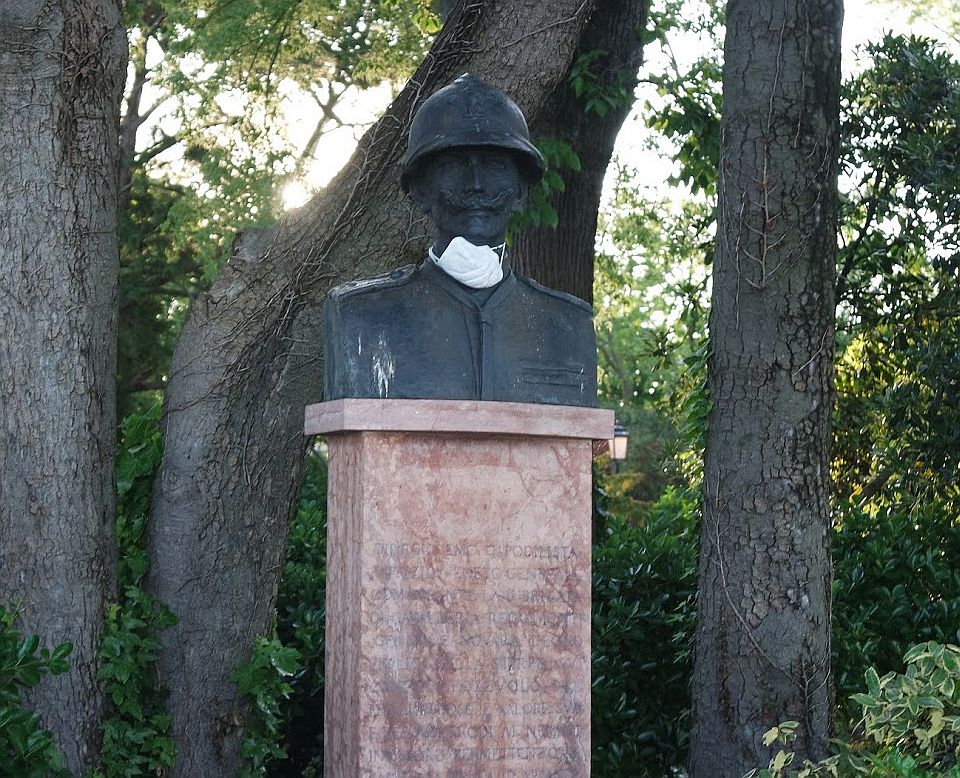
The reckless will undoubtedly continue to push the boundaries. A few weeks ago, a man was stopped at a checkpoint and asked where he was going in his car, and why. “I have to go visit my mother,” was the reply. Who could object to that? Nobody, except that he forgot about that verification process the officers have to conduct. They called the number he would have had to give them, and someone answered: “Who? She’s been dead for a month.”
On we go. A few days ago, a man was promenading along the Fondamenta degli Ormesini in Cannaregio, dressed in snowy-forest camouflage (to conceal yourself in Venice) but without a mask. The vigili (local police) stopped him and conversation ensued, as did a ticket for a 400-euro fine. The man lost his mind, yelling all sorts of abuse at them and repeatedly calling them “Ignorant!” because they fined him for breaking a city ordinance while “People are dying of hunger because they have no work!” There isn’t a discernible link between masks and hunger, but there is a good one between masks and insulting a public official, so in addition to the fine he now has been cited for a penal infraction.
This clip was forwarded to me from a friend via WhatsApp; I don’t know the source, but I think it has been circulating fairly widely.
Meanwhile, over in Milan, a man was driving along till he reached a checkpoint. The Carabiniere on duty asked his reason for being out, and the man replied “I’m a nurse and I’ve just gotten off a 20-hour shift in the hospital.”
The Carabiniere stood back, saluted, and said “Thank you for all that you’re doing.”
It would have been touching except that the man was not a nurse, and drove away giggling. You think that’s dumb? He video’d the whole thing. You think that’s dumb? He put it on his Facebook page. Probably many people saw it, but the most important viewer was a friend with a conscience, who reported the affair to the Carabinieri. See above: Fine and a citation for insulting a public official, which will almost certainly see him in court and, depending on how jauntily the man defends himself, perhaps even in the cooler for a while.
And so we trek onward toward the wonders of Phase 2, armed with four masks offered by the city government. A recorded phone call from the mayor alerted us that they would be on the way, and he took the opportunity to thank us for our cooperation. Two days later the package was in our mailbox. I wonder if a new mask will work the same magic as new shoes. Or kitchen.



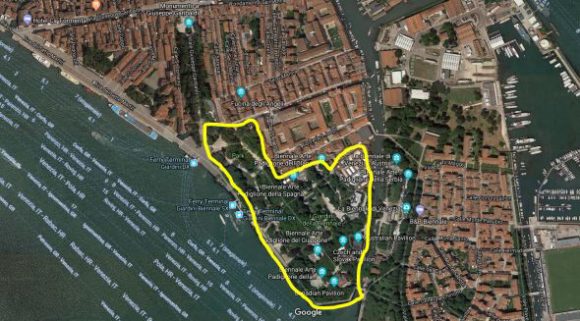
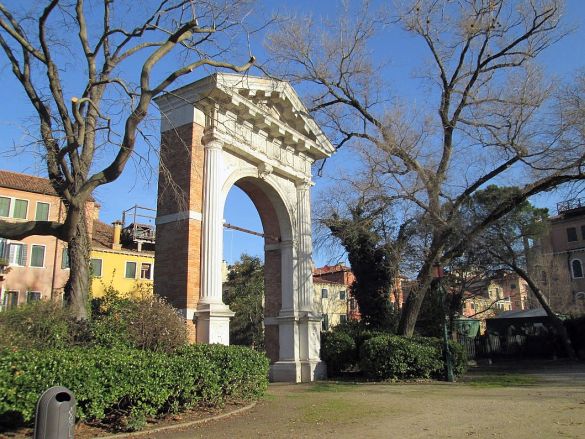
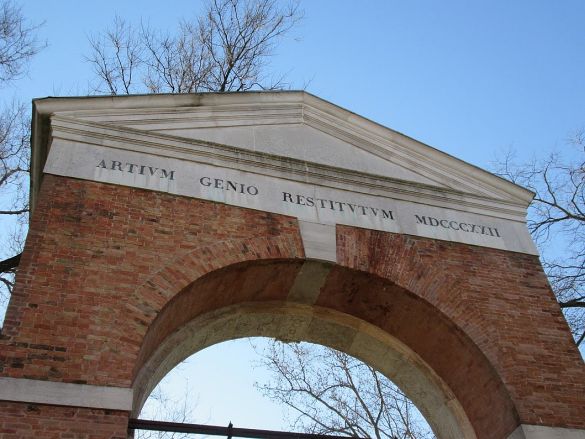
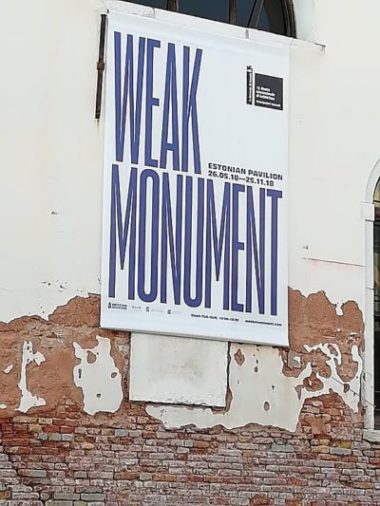
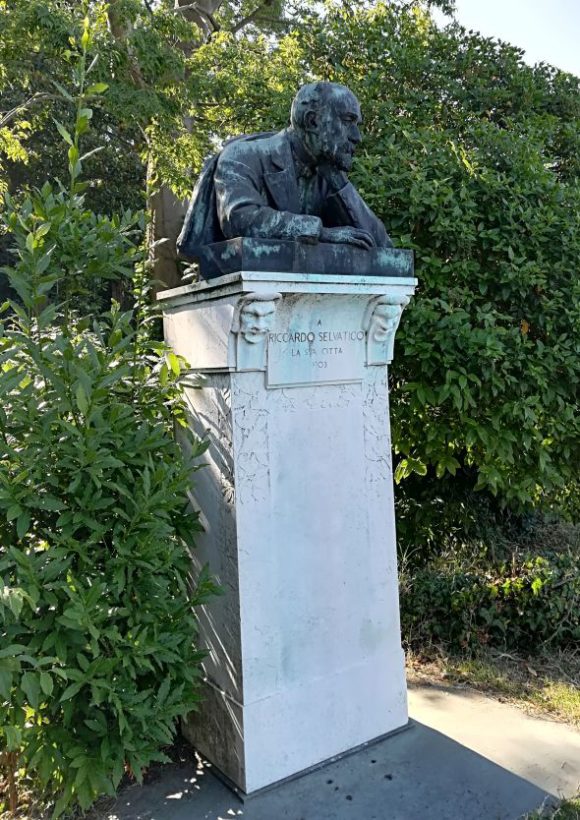
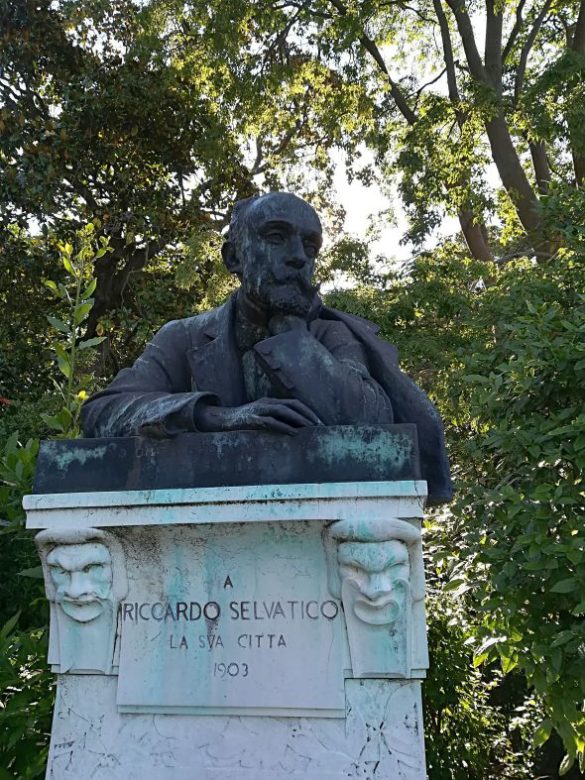
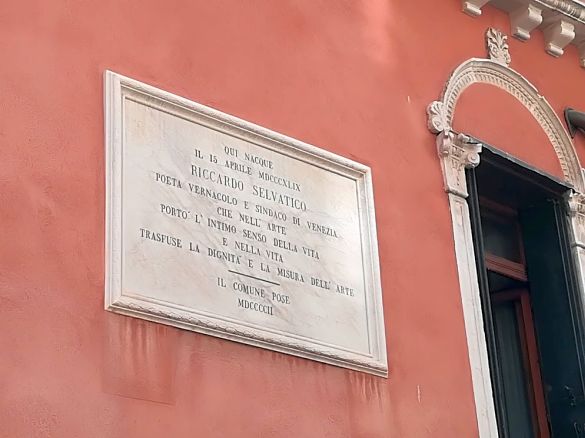

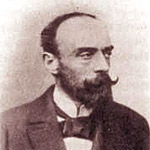
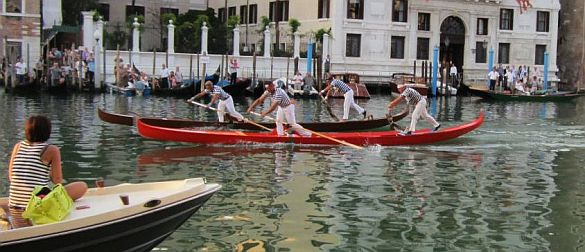
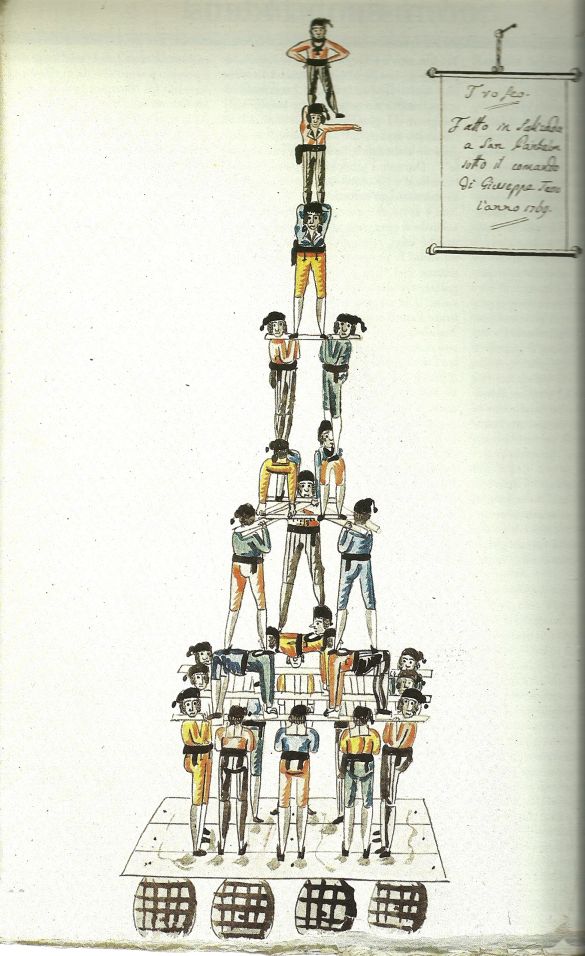
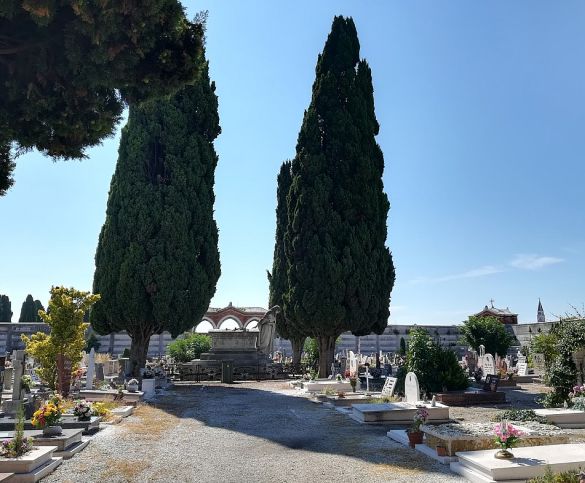
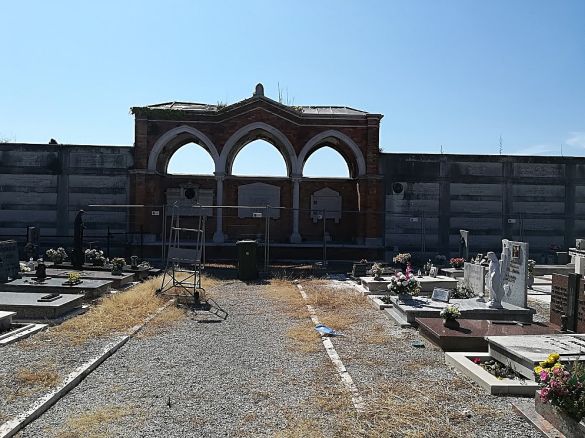
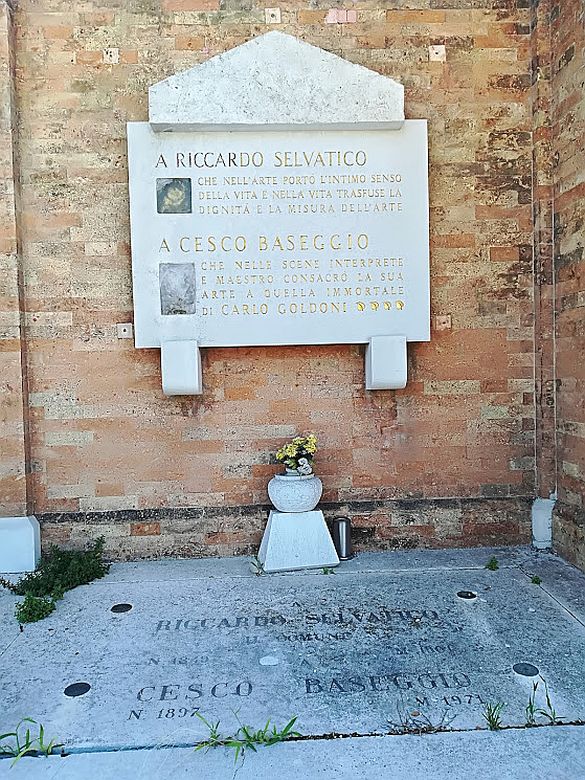
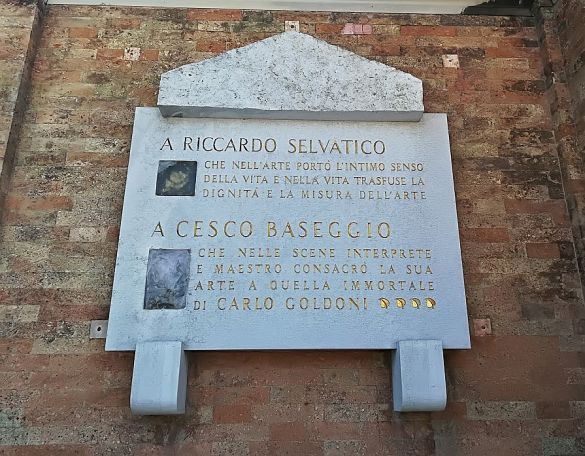
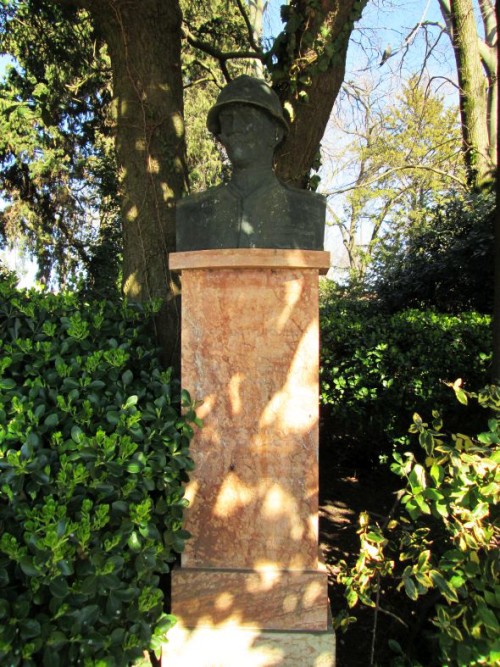
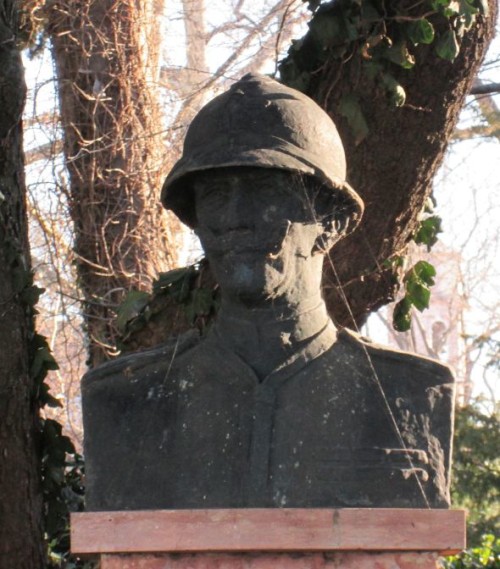
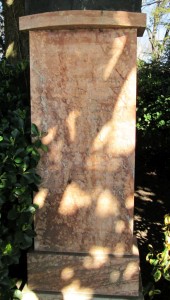 The inscription, now barely legible, refers in shorthand to an exploit worthy of his comrades of the Light Brigade:
The inscription, now barely legible, refers in shorthand to an exploit worthy of his comrades of the Light Brigade: